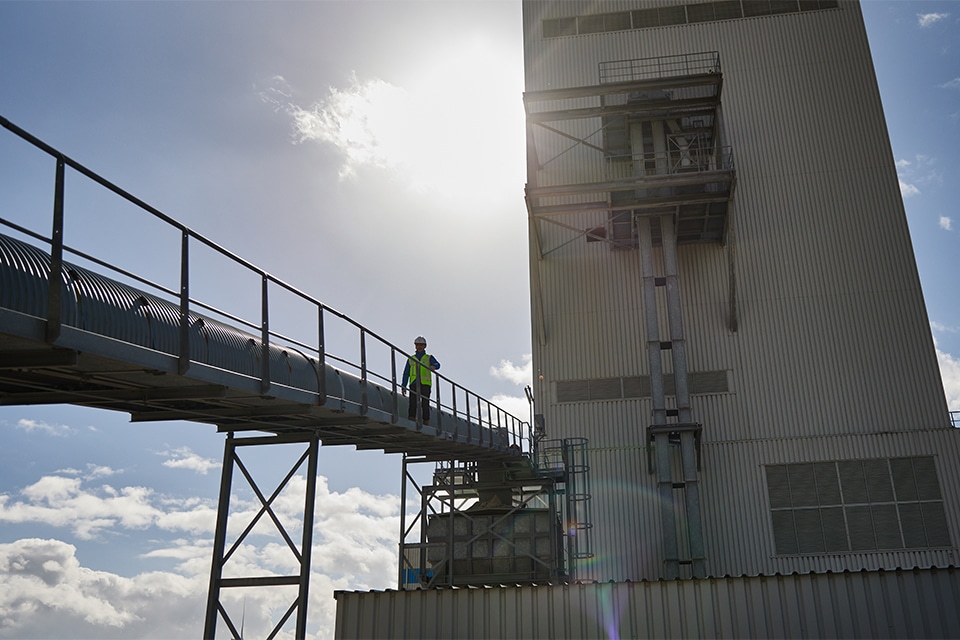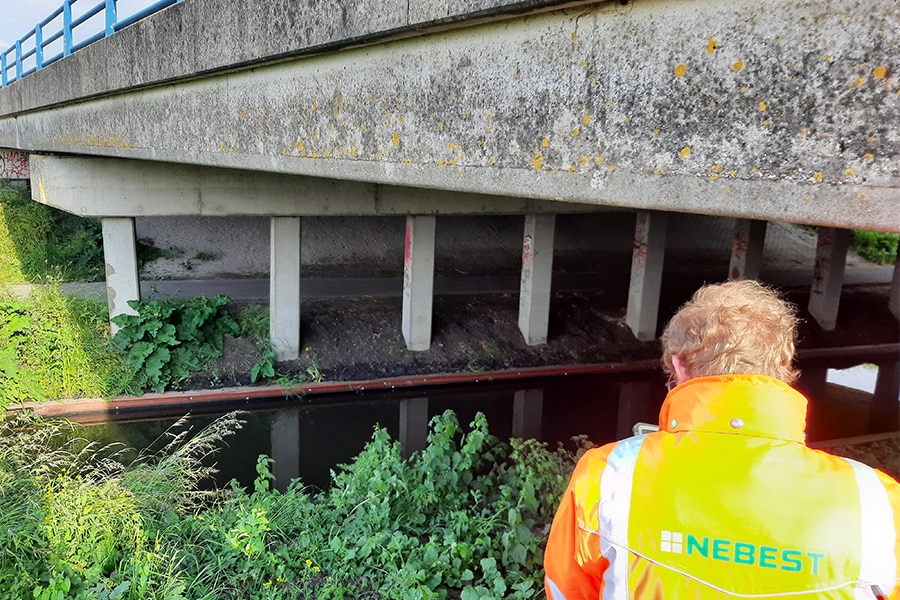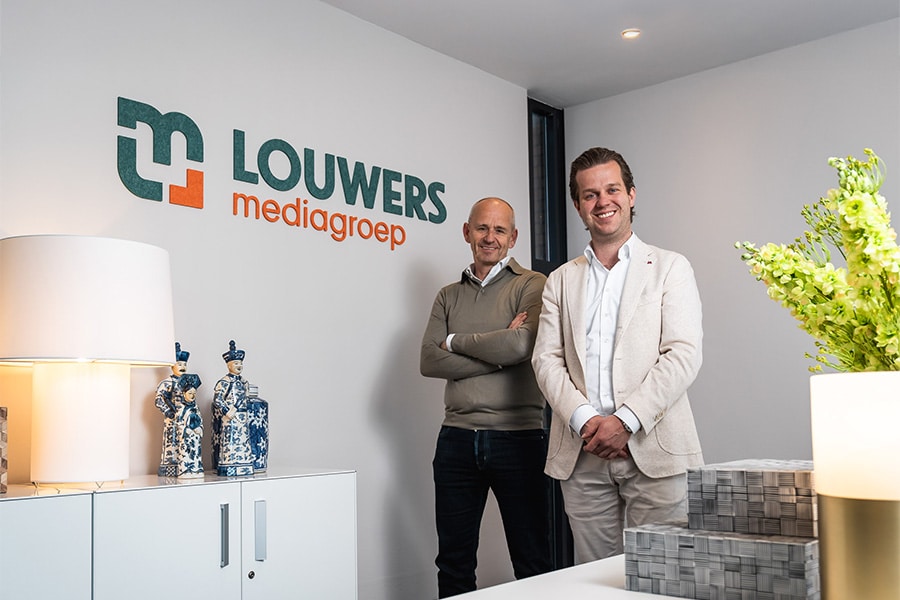
Innovation and collaboration for a climate-neutral future
Cement industry and government must act now
The cement sector has a unique opportunity to significantly reduce its contribution to climate change. Technologies for low-CO2 cement production are available and proven effective, but rigid regulations and insufficient cooperation stand in the way of large-scale sustainability. Companies like Ecocem are proving that climate-neutral cement production is not a vision of the future, but a feasible reality. The question therefore has long since ceased to be whether we want to become more sustainable, but whether we are willing and have the guts to work together to address the bottlenecks that block progress.
Ground blast furnace slag (GGBS), a byproduct of steel production, has been successfully used in the Netherlands for decades as a substitute for clinker, the most polluting component of cement. Ground slag drastically reduces CO2 emissions while improving the quality and service life of concrete. Ecocem Benelux is one of the pioneers in this field. Numerous sustainable cement innovations currently being developed incorporate ground blast furnace slag and other SCMs (Supplementary Cementitious Materials). These innovations are now technically mature and ready for scale-up. So why isn't this happening faster?

Outdated standards inhibit progress
For sustainable innovations to be encouraged and succeed, regulations must move with current technological capabilities. Existing standards provide important quality guarantees, but are in need of modernization to support the development and production of new, low-carbon cements. By modernizing regulations based on materials performance, we can leverage a wider range of sustainable technologies.
Unfortunately, regulations lag behind. Innovations such as ground blast furnace slag and natural pozzolans often do not fit within current standards. This limits companies developing sustainable cement and concrete products because they get stuck in regulations that are still geared to old, polluting production methods. European legislation, such as the EN 197-1 standard, offers limited scope for the use of alternative materials. This not only slows down the adoption of GGBS, but also hinders the acceptance of other innovative SCMs, such as natural pozzolans or calcined and uncalcined clays as low-carbon binders.
Availability of raw materials
Although the availability of ground blast furnace slag remains stable for now, the steel industry is changing. New types of slag, such as BOF (Blast Oxygen Furnace), REF (Reducing Furnace) and EAF (Electric Arc Furnace), are expected to enter the market in increasing numbers. These slag, if properly processed, can be used as a sustainable replacement for clinker and contribute to a further reduction in CO2 emissions.
Making other industries more sustainable and closing cycles also offer new opportunities. By-products from other industries or recycled concrete rubble can serve as alternative raw materials for cement. To seize these opportunities, the cement industry must remain flexible and embrace a wide range of innovations. Legislation should support these experiments, not block them.

Collaboration as the key to success
A future-proof cement sector requires a concerted effort. Companies, scientists and governments must join forces to enable technological innovations and scale up the infrastructure for sustainable cement production. This requires increased investment in research and subsidies for the implementation of new technologies. At the European and national levels, regulations must be changed to facilitate innovation that can make a difference now. While much progress has already been made, more political will and financial support is needed to move from individual initiatives to large-scale transition. This requires action to open the door for large-scale adoption of already proven cement innovations. Only through broad-based cooperation can the cement sector realize its full potential.
Time is running out
The climate crisis will not tolerate delay. If we want to reduce emissions from the building sector and meet the objectives of the European Green Deal, we must act now. We cannot wait for the perfect conditions or for a future technology like CC(U)S, which is also extremely costly and energy-intensive and whose first few installations will only be operational by 2030. There are also considerable safety risks associated with CO2 storage. Carbon Capture and Storage is thus at best a good "end of pipe" solution. The solutions for large-scale CO2 reduction now already exist, but lack the proper support.
Companies like Ecocem prove daily that the transition to a climate-neutral cement sector is possible, but the industry cannot do it alone. It requires awareness and flexibility from European legislators, investment from governments and the will of the industry to work together. By acting now, we can not only reduce emissions from the cement sector, but also contribute to a climate-neutral construction sector. The urgency is great, but the opportunities are even greater. Let's take up this challenge together and build a sustainable future.
Heeft u vragen over dit artikel, project of product?
Neem dan rechtstreeks contact op met Ecocem.
 Contact opnemen
Contact opnemen



